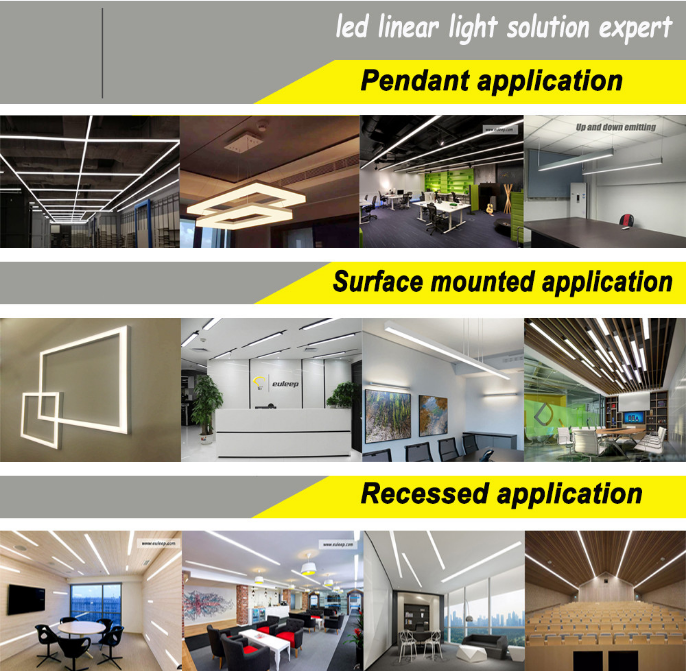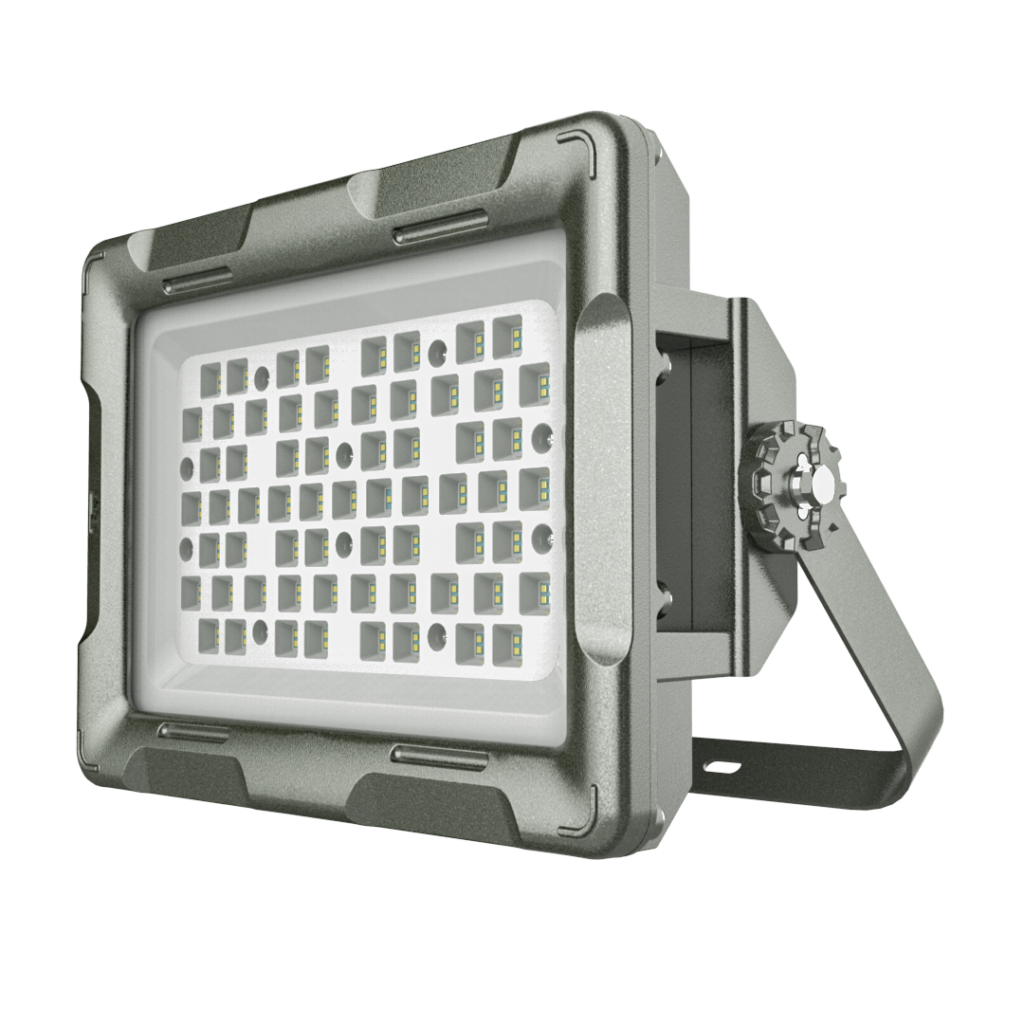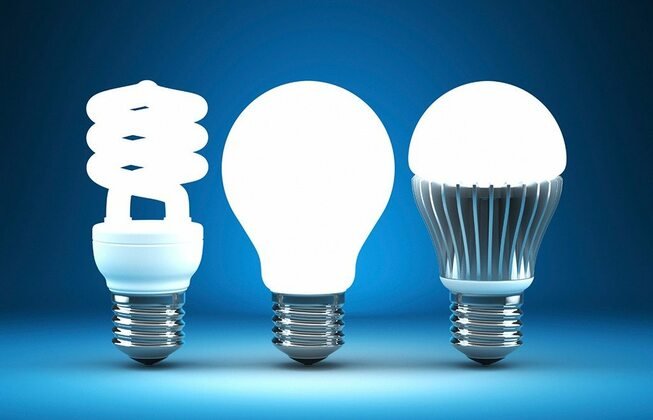Incandescent lamps, energy-saving lamps, LEDs
In our daily life, we use all kinds of lamps and light sources, such as incandescent lamps, energy-saving lamps, and LED lamps, which can be used for direct lighting and can also be used as lantern light sources (like chandeliers, ceiling lamps, etc.). LED lamps because of more advanced technology, energy-saving lamps lower energy consumption, and therefore, in many people’s eyes, incandescent lamps this “outdated” lamps, and lanterns are not in the scope of purchase. Not so, in the case of these three lights, they have their advantages and disadvantages, even if the technology is a relatively backward incandescent lamp. Next, we’ll take a look at the pros and cons of each.
Incandescent lamp
How it works: an incandescent lamp is a device that converts electrical energy into the lights to provide light. How it works is that electricity is first converted into heat, heating the filament to extremely high temperatures (tungsten, melting point more than 3,000 °C), when the outer electrons of the nuclei of the elements that make up the filament are excited, this causes it to jump to a higher energy outer layer, and when the electron jumps to a lower energy electron layer again, the extra energy is released as light.
Advantages
The most natural light source, the color temperature is usually 2700K to 4000K, and the human eye is relatively easy to accept. Moreover, because the electric grid frequency of the incandescent lamp is 50 Hz, which is much faster than the reaction speed of the human eye, and because the filament has a period of inertia from ignition to cooling, the stroboscopic frequency is lower when the electric grid is stable, you can even ignore it. Therefore, the advantage of incandescent lamps is good color rendering (that is, can better restore the color of the object, in theory, can be 100% reduced)

Disadvantages
1. Easy to break, poor security, fragile and explosive
When the incandescent lamp is lit, the surface temperature can reach 100 °C, if people accidentally burned, it is easy to burn. Remember every small, the use of incandescent light bulbs at home is easy to break, a bad to change the light bulb, timid and dare not change, but often bad.
Before our switch is connected with a line, each time a pull switch line, the line is often broken, but also re-connected, because of the fear of electricity, dare not to answer, can only call someone to answer. It happens all the time, and the experience can’t be too bad.
Sometimes I don’t even notice, just turn off the light to change, the result is the bulb hot teeth crack mouth, and every time I was hot also forget a hurry straight hand; because incandescent light bulb most of the electrical energy into heat, cause an object (filament) to heat up before it glows.
2. Low light efficiency
This is the most deadly drawback of the incandescent lamp, with an efficiency of just 5 to 20 lumens per watt. And its light is dark yellow, the clarity is extremely low, at night we have to use lights to catch homework, words are not clear, soon affected the study, and hurt the eyes, what’s more, the tungsten wire inside the bulb often burns off. When the family is cooking, the tungsten filament of the lamp is suddenly burned. At that time, living in the countryside, far from the city, there is no way to light, one can only light candles to make do with the night.
3. Short life span
Most incandescent lamps convert 90% of their energy consumption into useless heat and less than 10% into light. It takes a lot of power. As far as lighting time is concerned, the lifetime of this type of light usually does not exceed 1000 hours.
For the record, the halogen lamp (the one commonly used in car lamps) is a variant of the incandescent lamp. It is filled with halogen gas in the vacuum bulb, and then realizes the halogen tungsten cycle between the filament and the gas, greatly extending the life of the filament, so that it can realize the fusion of high color rendering and long life.
Energy-saving lamp
The energy-saving lamp is a variant of fluorescent light, also known as a compact fluorescent lamp, so in this article, we will discuss fluorescent light alone. The utility model can be made into a light source with arbitrary color temperature value and high color rendering performance. Moreover, the stroboscopic value is very low due to the glow of the phosphor.
Therefore, the advantages of energy-saving lamps are high light efficiency, and low energy consumption. For example, to get the same amount of light, incandescent need 60W of road, and CFLs only need 11W. And regular manufacturers and brands of energy-saving lamp color rendering can reach more than 80.
It is worth mentioning that: energy-saving lamps are now on the market is relatively easy to buy a cost-effective light source.

Disadvantages
1. Start slowly.
2. Energy-saving lamp is a bright-line spectrum (discontinuity), so the usual energy-saving lamp slant purple light, see things under the energy-saving lamp can change color seriously. Blue turns purple, and red and yellow look more vibrant. Therefore, the workplace should not use color-saving lamps. The ballast used in an energy-saving lamp will produce certain electromagnetic radiation when it produces instantaneous high voltage.
The electromagnetic radiation of the energy-saving lamp also comes from the ionization reaction between the electron and the mercury gas. At the same time, the energy-saving lamp needs to add rare earth phosphors, because rare earth phosphors are themselves radioactive, energy-saving lamps also produce ionizing radiation
3. Environmental issues
The fluorescent tubes of energy-saving lamps are filled with mercury vapor. The problem of environmental protection in manufacturing and recycling has not been solved well.
LED lights are better
With the development of the times, People’s awareness of environmental protection and energy conservation, and lighting technology is also increasingly sophisticated, LED lights gradually occupy the market.
It is widely used in commercial lighting, and the application of home lighting is growing year by year, especially for the current 80s and 90s Homebuyers, who advocate environmental protection and pursue fashion, and LED lamps are their first choice for lighting, such as the choice of various styles of LED ceiling light, different power LED bulb light, LED ceiling light, etc.
LED light, especially white light LD, is favored by many professionals because of its theoretical and practical advantages over traditional light sources. Its appearance also has opened up a brand-new technology, the domain for illumination, and has provided more choice for the illumination energy-saving design. So what are the benefits of using LEDs?
(1) Energy Efficiency: it is generally agreed that four-fifths of the energy saved by energy-saving lamps are a great innovation, but one-quarter of the energy saved by energy-saving lamps is saved by energy-saving lamps. This is a greater reform of solid light sources. In addition, Le D has other advantages, the light quality is high no radiation is a typical green lighting source, reliable and durable, maintenance costs, are extremely low, and so on. Because of the above characteristics, the LD will be the mainstream light source in the lighting industry in 10 years.
(2) Environmental protection: LEDs are produced without adding “Mercury”, without inflating, and without a glass shell, and are impact-resistant, shock-resistant, shatter-resistant, easy to transport, and very environmentally friendly, it’s called “Green Energy.”.
(3) Very long life: generally between 50,000 and 100,000 hours, because LED is a semiconductor device, even if it is frequent, switch, will not affect the service life.
(4) The volume of LED components is very small: more convenient for the layout and design of various equipment, and can better realize the effect of “see light but not light source” in night scene lighting
(5) The concentration of light energy emitted by LEDs is very high: concentrated in a small wavelength window, high purity.
(6) The LED response time is very fast: at the microsecond level, as soon as the switch is turned on, it lights up without delay or flicker
(7) LEDs are very directional: their brightness decay is much lower than that of conventional light sources.
(8) To be able to control the composition of the luminous spectrum: thus, it can be well used for partial or key lighting in museums, exhibitions, and pavilions.
(9) You can control the size of the forbidden band of the semiconductor List of semiconductor materials: thus emitting a variety of colors of light, and a higher degree of color.
(10) High color rendering: will not cause harm to the human eye.
But as an emerging technology sector, the light-emitting diode industry is still in a rapid development phase, and we are pleased with the progress of technology, but we also have to realize that whether the technical link or industry regulations, compared with the traditional light source, are not mature and sound.
There is still a long way to go before we can replace the traditional light source with the L E D. There are still many technical problems to be solved, such as high power heat dissipation and light efficiency. At the same time, we also LED industry personnel and experts to work together to make LED better service for us.
Such as the three kinds of lamps and lanterns’ light source is the daily life we often use, each has its merits, and there is no absolute good or bad.
However, we must choose in the purchase of regular manufacturers, brand production of lamps, do not covet cheap, to save trouble, choose three no factory products. The result is that light lighting is not good, heavy on the health and safety of the body has a certain impact.
If you want to know more about lighting-related consultation, please feel free to consult: www. enetcl.com.At the same time, we also hope you can give us valuable advice or suggestions, thank you!




